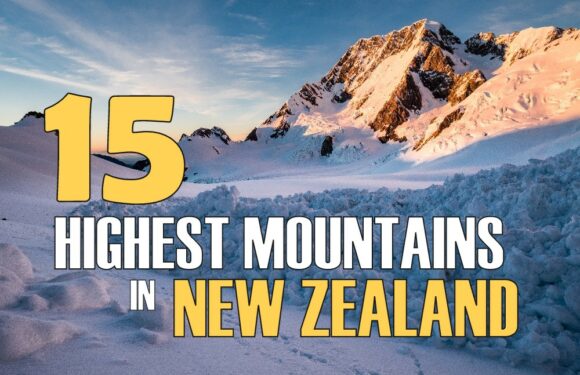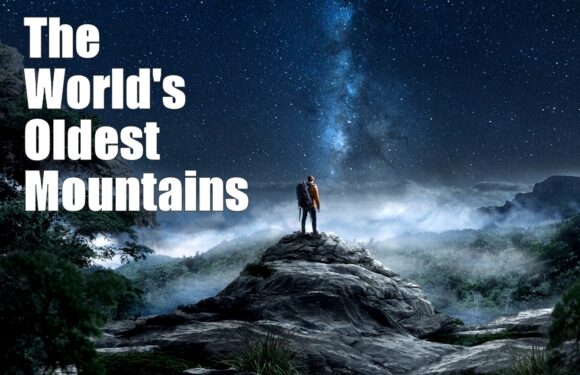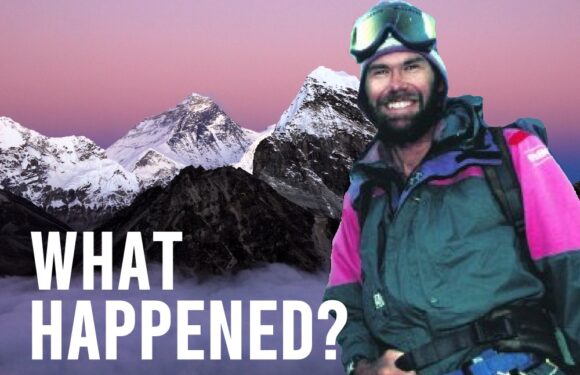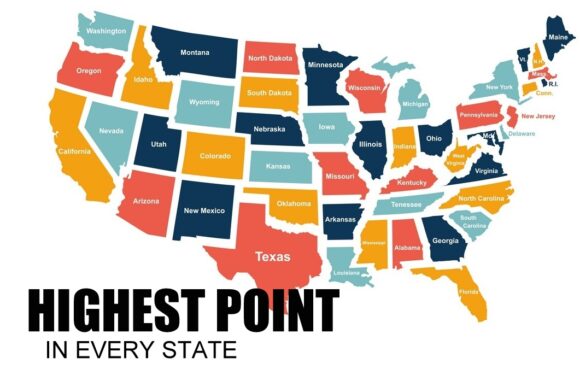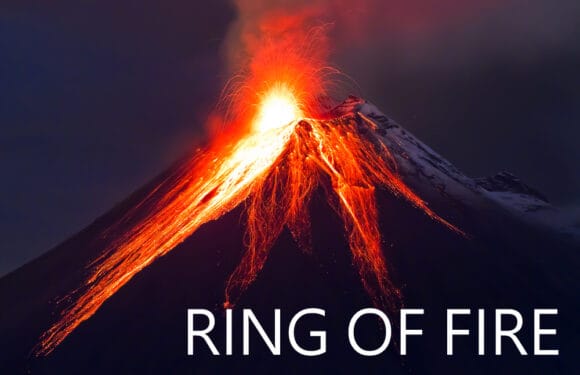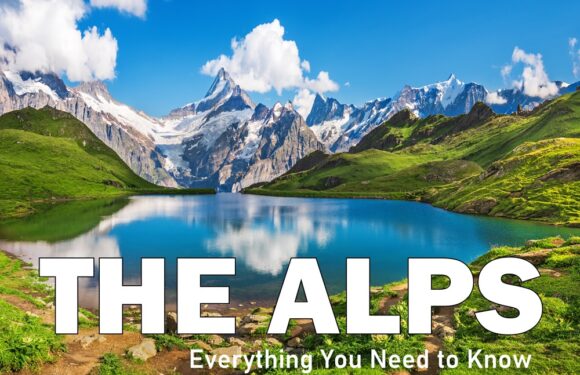
Shriya Shah-Klorfine was a Canadian mountaineer of Nepalese descent, whose ambitious pursuit to climb Mount Everest tragically ended in her death in 2012. This article discusses who she was and her final expedition.
WARNING: This article contains graphic images. Reader discretion is advised.
Early Life
Born on February 17, 1979, in Kathmandu, Nepal, Shriya Shah-Klorfine grew up with Mount Everest looming in the distance. When she was nine, she took a helicopter ride with her parents and saw the peak’s summit. Her parents told her that it was very difficult for a person to reach the top by foot. This planted the seed within her to one day climb the world’s highest peak. It became her lifelong dream.
At age 10, her father died. Shriya and her mother moved to Mumbai, India. As an adult, she worked on cruise ships, where she met her future husband Bruce Klorfine. She married him and moved to his home country of Canada, working as a fashion buyer for the Fairweather women’s clothing chain.

2012 Everest Expedition
In the spring of 2012, Shah-Klorfine joined an expedition led by Utmost Adventure Trekking. The company was a startup that had never guided anyone to the summit. However, she chose the outfitter based on recommendations from family connections in Nepal.
To prepare, Shah-Klorfine trained by running and indoor rock-climbing for two years. But, importantly, she did not scale any notable peaks. Shah-Klorfine’s mountaineering experience prior to the Everest expedition was very limited. In fact, her attempt to summit Everest was her first significant climbing challenge. The company intended to teach her what she needed to know on the ground. Despite underperforming during her month-long training, she insisted that she could succeed on the mountain.

“I can do it. I can do it. I can do it.”
-Shriya Shah-Klorfine
“I talked with her and every time she said, ‘I can do it. I can do it. I can do it,’ ” a representative of Utmost Adventure Trekking stated.
The expedition itself was fraught with challenges. According to reports, her pace was significantly slower than that of her peers, raising concerns about her ability to cope with the strenuous conditions of the climb. Interestingly, the company’s most senior Sherpa guide refused to take her any higher than base camp.
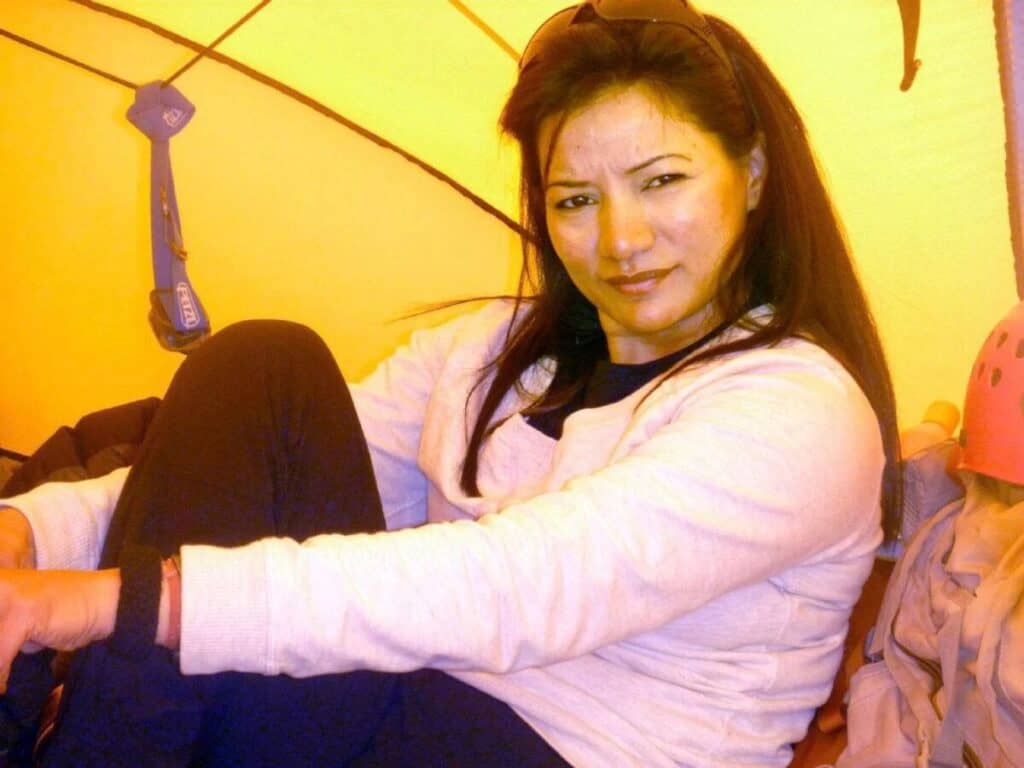
The Summit and Descent
At 7:30PM on May 18, Shah-Klorfine started her push to the summit along with two less experienced Sherpa guides. During the ascent, she encountered the owner of Utmost Adventure Trekking, Ganesh Thakuri, who was descending from the top.
Thakuri noted that Shah-Klorfine’s oxygen was low and tried to convince her to turn around. However, she refused. So, Thakuri gave her his last bottle of oxygen and let her keep climbing.
As the morning came, Shah-Klorfine became very weak. Her extended exposure at such high altitude, known among climbers as the “death zone“, severely drained her stamina. Her Sherpa guides advised her to turn back before reaching the summit. However, she was adamant about reaching the summit and pressed on.

Finally, after 22 hours of climbing, Shah-Klorfine reached the summit of Everest at 2:20PM on May 19, 2012, fulfilling her dream. She was the fourth woman, and the first South Asian woman from Canada, to reach the top of Mount Everest, which stands 29,032 feet (8,849 meters) tall.
As she began her descent, it was apparent that she was exhausted. Shah-Klorfine had used a lot more oxygen than expected due to a few reasons. Her oxygen was set to a high rate of flow, she began using it earlier than normal, and she spent a longer time on the climb. Eventually, she ran out of oxygen.
Her Sherpas attempted to bring her down by physically supporting her and encouraging her to keep moving, but their efforts were in vain. She could no longer stand on her own.
“Save me,” she pleaded to the guides.
Despite their attempts, she collapsed and died that night, around 10PM, after climbing for 27 hours straight. They were on “The Balcony” on the south side of Mount Everest at 27,560 feet (8,400 meters). She was 33 years old.

Veteran Everest guide Russell Brice criticized Utmost Adventure Trekking, noting the company should have anticipated the oxygen shortage she faced. He stated that the outfitter provided enough oxygen to reach Everest’s summit, but not the descent.
Is Shah-Klorfine’s Body Still on Everest?
Shah-Klorfine’s body lay on the mountain for approximately 10 days before a recovery could be made. A team of Sherpas were able to bring her body down from the death zone. She was cremated in Kathmandu.
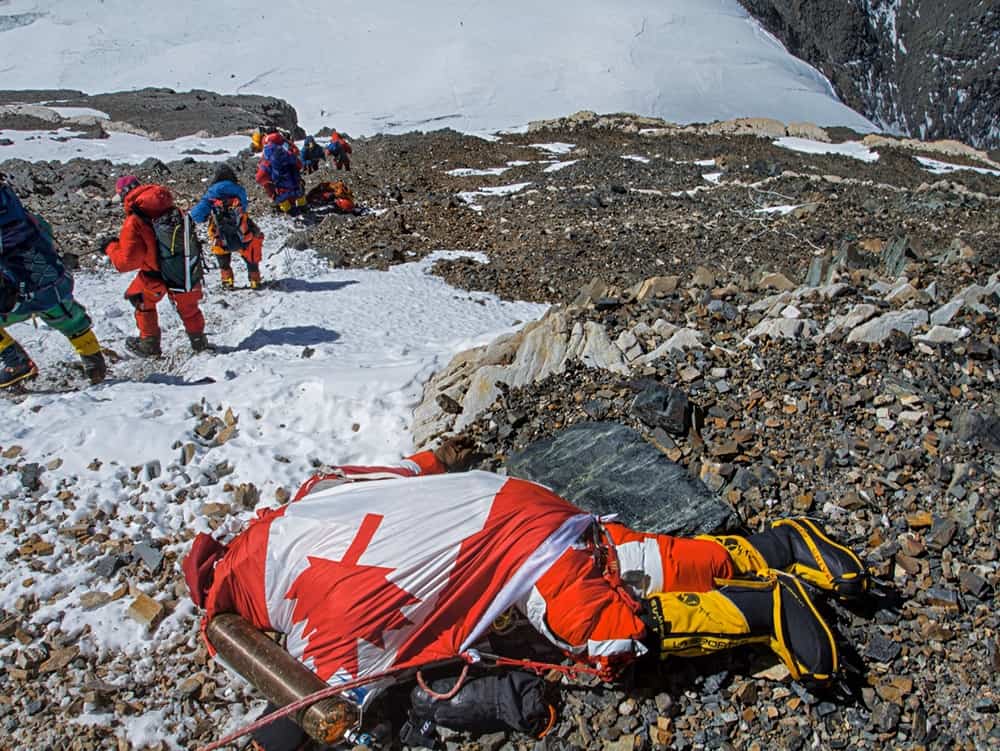
Shah-Klorfine’s tragic demise sparked a broader discussion about the ethics of guiding unqualified people on Everest, the responsibility of expedition companies to ensure climber safety, and the need for better regulation to prevent overcrowding on Everest.
May she rest in peace.




















































